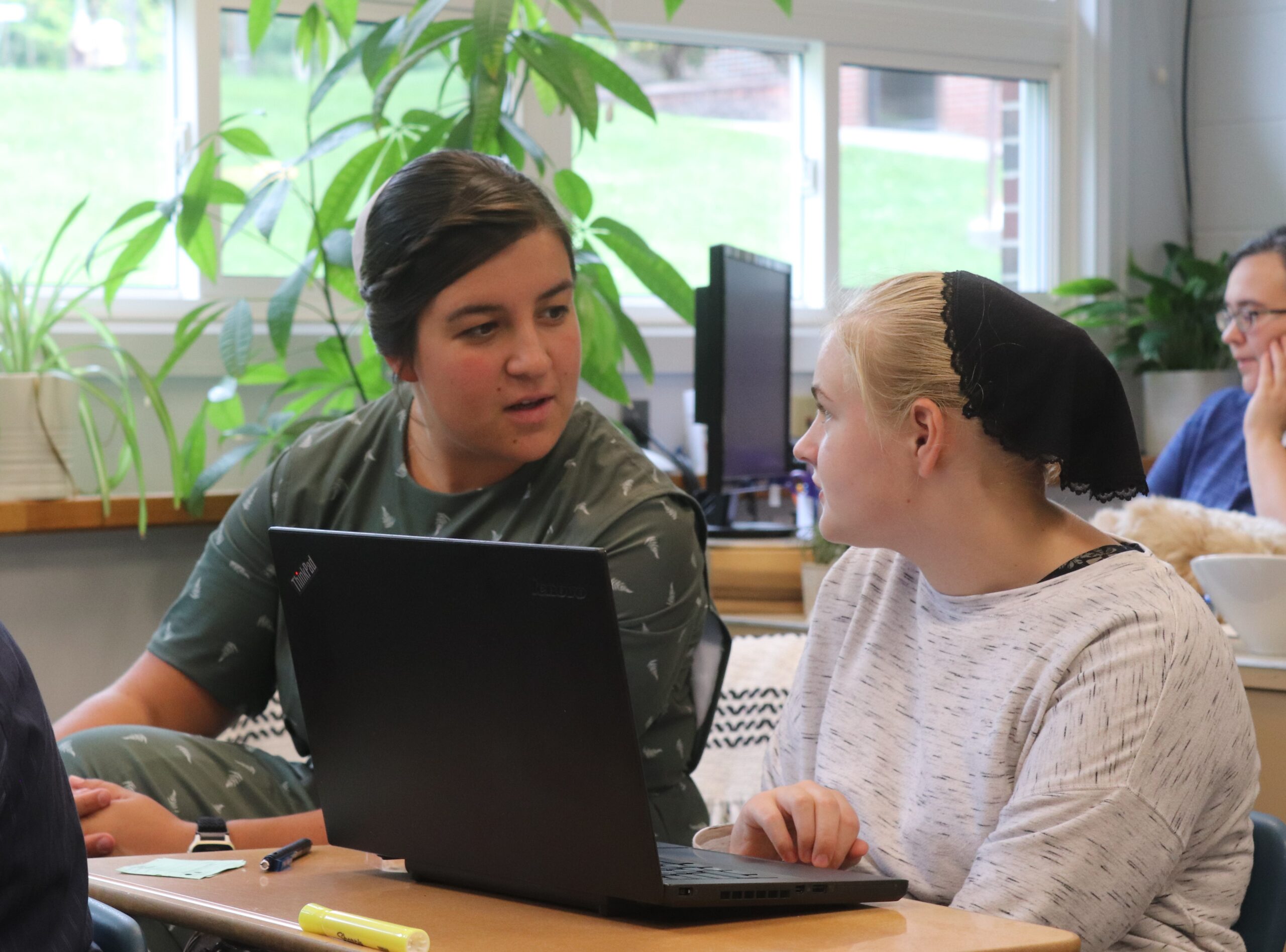Tips for Improving Classroom Engagement

I will confess to you that I find it difficult to pay attention to a sermon or lecture. As a primarily visual learner, I would much rather read a book than listen to a podcast. I have had to learn ways to compensate for my lack of listening skills, and I know that I need to take deliberate steps (such as taking notes) to keep my mind from wandering. If I as an educated adult find it difficult to sit and listen for long stretches of time, how much more difficult must it be for our young students? How can we keep their minds engaged in learning? Here are a few simple tips that I have found useful in my classroom.
Keep them moving. This is especially important for lower elementary students. Children have boundless energy, and it works best if we learn to put that energy to good use rather than trying to suppress it. Generally, I do not keep my students sitting for more than fifteen or twenty minutes at a time. We get up and do stretches or exercises between classes. We stand and recite poetry or Bible memory with vigorous motions. In history class, we get up and act out parts of the story I have just read. Sometimes when we need a break (especially if beautiful weather outside is calling), we go out and run a lap around the school building.
Have everyone participate with fingers. This is a very simple tool that quickly elevates participation and engagement and can be used in many ways. For instance, when we are reviewing nouns, I might have sentences on the board and say, “Count all the nouns in sentence one. When you are ready, put your fists up. When I say ‘Go,’ show me with your fingers the number of nouns you counted.” For a review of important people we studied in a unit in history, I write the people’s names on the board along with a number. Then I read various facts about them. Students show me with their fingers which person the fact matches with.
Have everyone write. Instead of the classic “teacher asks a question and the smart, confident kids are the only ones who answer,” have everyone write an answer. My students all have small whiteboards and markers in their desks that we use for this, but scrap paper works as well. This can be used for various subjects, but the basic idea is to have everyone interact with a question by writing an answer. Sometimes I ask everyone to hold up their boards to show me what they have written. Sometimes I call on one or two students to tell their answers to the class. This can be a good way to get shy, hesitant students to share their ideas and answers. I can say to that type of student, “I see you have a good answer written down. Please read it to the class.”
Encourage peer teaching. Students are sometimes astonishingly good at being each other’s teachers. Doing paired activities is a great way to get everyone involved and to have students learn from each other. I especially like to do this in math class. When working practice problems, I have students do problems on their own and then compare answers with the person beside them. If the answers do not match, they need to work together to find mistakes.
Incorporate humor. Our classrooms ought to be places of joy where laughter is frequent. Break up a tedious lesson by telling a joke. Laugh at your own mistakes. Sometimes it is just fine to put work aside and be silly for a little while.
It is impossible to have all our students paying perfect attention one hundred percent of the time. Yet it should be our goal to increase that percentage and to keep our students engaged in learning.
Leave a Reply